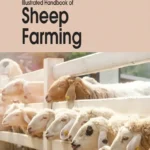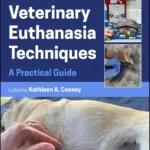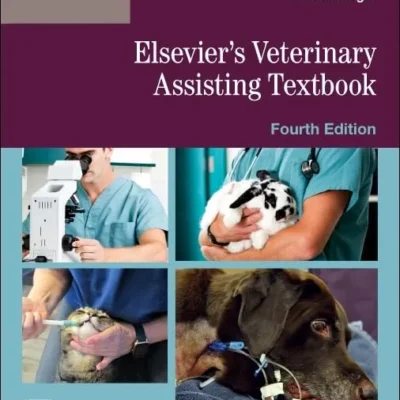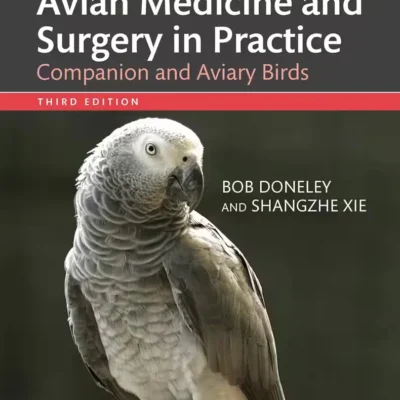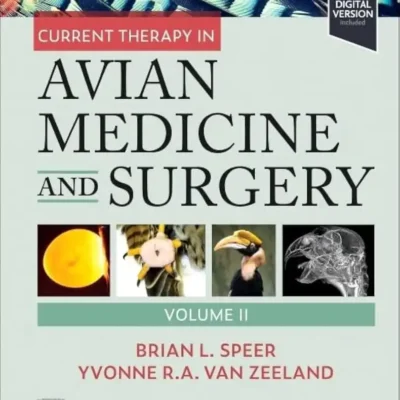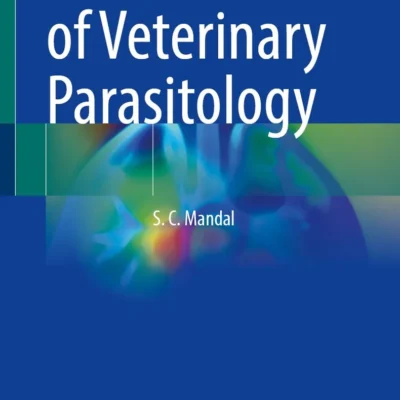Avian Malaria and Related Parasites in the Tropics: Ecology, Evolution and Systematics
 by Diego Santiago-Alarcon, Alfonso Marzal Reynolds
by Diego Santiago-Alarcon, Alfonso Marzal Reynolds
October 2020
Avian Malaria and Related Parasites in the Tropics: Ecology, Evolution and Systematics pdf
The Tropics are home to the greatest biodiversity in the world, but tropical species are at risk due to anthropogenic activities, mainly land use change, habitat loss, invasive species, and pathogens. Over the past 20 years, the avian malaria and related parasites (Order: Haemosporida) systems have received increased attention in the tropical regions from a diverse array of research perspectives. However, to date no attempts have been made to synthesize the available information and to propose new lines of research. This book provides such a synthesis by not only focusing on the antagonistic interactions, but also by providing conceptual chapters on topics going from avian haemosporidians life cycles and study techniques, to chapters addressing current concepts on ecology and evolution. For example, a chapter synthesizing basic biogeography and ecological niche model concepts is presented, followed by one on the island biogeography of avian haemosporidians. Accordingly, researchers and professionals interested in these antagonistic interaction systems will find both an overview of the field with special emphasis on the tropics, and access to the necessary conceptual framework for various topics in ecology, evolution and systematics. Given its conceptual perspective, the book will appeal not only to readers interested in avian haemosporidians, but also to those more generally interested in the ecology, evolution and systematics of host-parasite interactions.
- Synthesizes avian Haemosporida research in the tropics in order to identify knowledge gaps and to propose future research
- The first book synthesizing information on these host-parasite-vector systems in any tropical region
- Provides the conceptual basis needed to fully understand the diverse array of ecological, evolutionary and systematic topics on avian haemosporidians and antagonistic interactions in general
- Due to the inclusion of conceptual chapters and the general introduction to each topic provided in the chapters’ structure, virtually any reader can gain a firm understanding of these and similar (i.e., Diptera-borne) parasite systems’ biology. As such, beginners can use it as a textbook, while researchers can use it for teaching or as a reference guide.
PDF 13 MB

